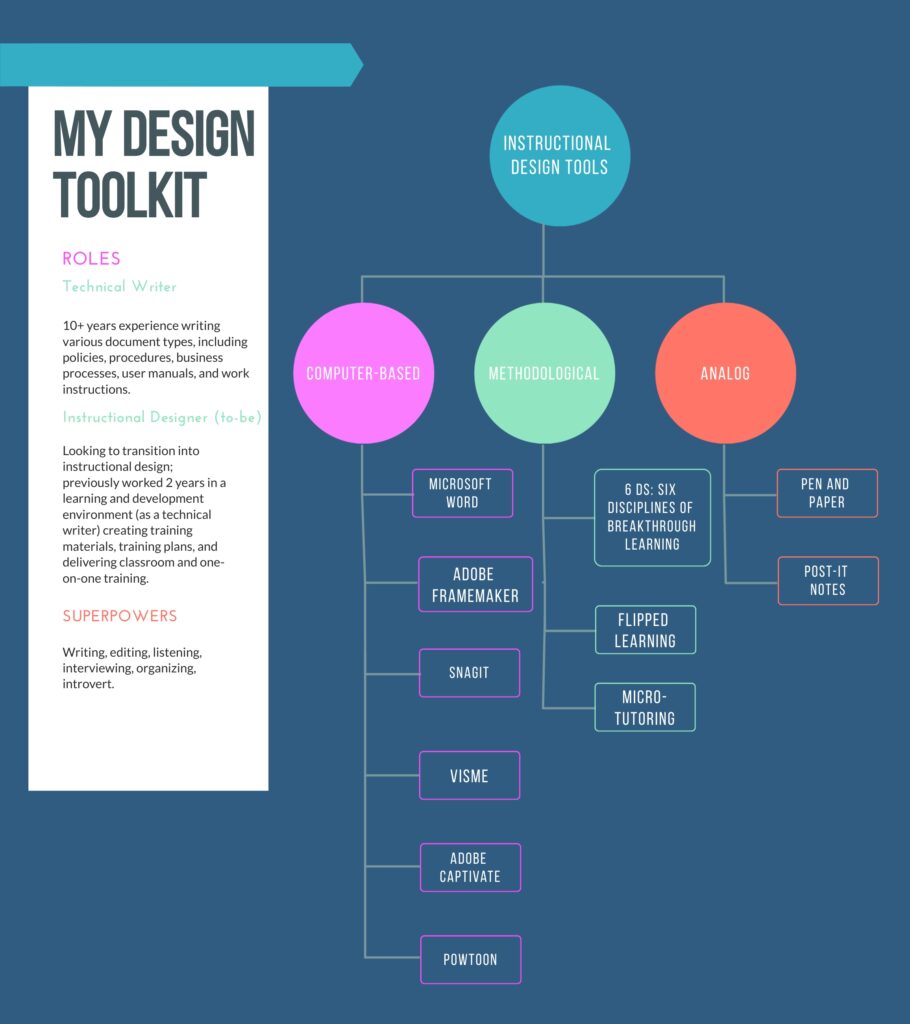My partner, Eric Yu, and I have designed the following solution to promote critical thinking among Chinese students in their English-language writing.
Background
Showcasing critical thinking in English-language writing assignments is a key problem for Chinese students. While teachers have made various attempts to promote critical thinking in new and innovative ways, to date little has changed. This has led to many students being unable to achieve band 7 or higher on their International English Language Testing System (IELTS) test, leaving them unable to attend more prestigious universities.
Problem Statement
The Chinese education system does not encourage students to challenge authority, and as such, Chinese students are reluctant to question existing or generally accepted rules. This can occur within all facets, including families, schools or workplaces – when faced with their parents, teachers or bosses, students will not challenge their ideas or ask questions. This problem can also manifest within students’ academic writing as they often lack critical thinking in written assignments. For example, if you ask Chinese students to give their opinion on the topic “With online learning on the rise, can classroom-based instruction still continue?”, they will focus on comparing the pros and cons of each model; few will provide arguments on the future of classroom-based instruction.
Additionally, Chinese students are taught English-language skills through traditional classroom methods with the use of textbooks to teach theoretical knowledge. This is becoming ineffective as students are often not motivated due to the boring content and a lack of connection to their own context.
As such, our problem statement is that Chinese students need innovative learning content that promotes critical thinking so students can achieve IELTS test scores of band 7 or higher in their English-language writing skills.
The Solution: Digital Storytelling
Our solution proposes to introduce digital storytelling to promote critical thinking within English-language writing assignments of Chinese students. According to Davidhizar and Lonser (2003), using analogies to tell stories about daily life or work is an effective way to capture the interests of students by focusing on life experience and bringing theories to life by putting them in personal scenarios.
Digital storytelling combines traditional ways of telling a story with digital multimedia, including images, audio, and video (Ahmed and Abdel-Hack 2014). As suggested by Yang and Wu (2012), digital storytelling “is becoming a promising transformative technology-supported approach for enhancing learning, including critical thinking skills”.
With inspiration from Ahmed and Abdel-Hack (2014) and Yang and Wu (2012), the following describes the three parts of a typical English-language class for Chinese students that incorporates digital storytelling.
Part 1: Digital Storytelling Video
Students will watch a short (no more than 5 minutes) video showing a familiar scenario in which students will be assessed through in-class exercises and an at-home written assignment.
Table 1 provides a sample storyboard of a couple going shopping and discussing a potential frivolous purchase with the husband delivering three different arguments against the purchase. Fallacies are also depicted throughout the video, such as the bandwagon fallacy.
Depending on the school’s resources, the video is proposed to be created through a common multimedia format (e.g., PowerPoint, Corel Video Studio) or through a digital storytelling platform (e.g., Smilebox). A transcript of the characters’ dialogue will also be provided.
| Dialogue |
Image |
| Wife: Look at this digital camera with many fantastic functions – nowadays a lot of people use digital cameras, so we shouldn’t have to keep using our old mechanical one.
Husband:
Answer 1: We don’t need to have a digital camera just because everyone else has one, so we don’t need to buy it.
Answer 2: Yes, it’s a good camera, but we cannot afford it, so we will keep using the one we have.
Answer 3: We may have an old camera, but that doesn’t mean it doesn’t work. This is something we want, not something we need. |
|
 |
Table 1: Storyboard sample
Part 2: In-class exercise (individual and group)
At the conclusion of the video, students will be asked to complete a timed in-class exercise where they will provide written answers to a series of questions. The questions are intended to assess whether students’ have achieved the three phases of critical thinking. As suggested by Ahmed and Abdel-Hack (2014), the three phases of critical thinking are: (1) understanding, (2) evaluating, and (3) establishing a position.
Table 2 provides a sample of questions and the phase of critical thinking it addresses.
| Question |
Time to Complete |
Critical Thinking Phase |
| Provide a summary of the story depicted in the video |
5 mins |
Understanding |
| Do you agree with the wife or the husband and why? |
10 mins |
Evaluating |
| Write a new argument that the wife could use to convince her husband to buy the digital camera |
10 mins |
Establishing a position |
Table 2: Sample questions for in-class exercise
At the end of the timed writing exercise, students’ will get into groups to peer review their answers. As found in Yang and Wu’s (2012) study, including a peer review can help students’ performance by providing interaction among students, leading to improvement in their argument skills.
Before the end of class, the teacher will review the fallacies found in the video as they will feature in the at-home assignment that the teacher will assign.
Part 3: At-home assignment
Students will complete an at-home written assignment requiring them to create their own story. As suggested by Ahmed and Abdel-Hack (2012), when students create their own stories, they can create a plot and characters that emulate their own life, which can help students “to reflect on life and find deep connections with subject-matter”.
The following are two sample topics that students can use for their at-home assignment.
In 250 words, write a story that depicts at least 2 characters, with one agreeing and the other disagreeing with the following statements.
Option 1: As new technology continues to be used in education, some people believe that there is no justification for lectures.
Option 2: Some people say advertising is negative and should be banned.
Evaluation of digital storytelling
The success or failure of introducing digital storytelling would be based on future IELTS test scores. For example, currently in a class of 6 students using the traditional lecture method, usually only 1 out of 6 students use critical thinking in their writing and obtain a score of band 7 or higher.
For the purposes of our solution, adopting a digital storytelling method would be considered a success if at least 4 out of 6 students use critical thinking in their writing and obtain a score of band 7 or higher.
Since digital storytelling has already proven to be successful in other studies (e.g., Yang and Wu’s 2012 study), we are confident that digital storytelling will provide an innovative solution that can be adopted by other English-language teachers and for online courses.
References
Ahmed Helwa, Dr.Hasnaa & Abdel-Hack, Dreman. (2014). Using Digital Storytelling and Weblogs Instruction to enhance EFL Narrative Writing and Critical Thinking Skills among EFL Majors at Faculty of Education. Educational Research.
Davidhizar, R., & Lonser, G. (2003). Storytelling as a teaching technique. Nurse Educator, 28(5), 217–21.
Pappas, C. (2013, February 28). 18 Free Digital Storytelling Tools For Teachers And Students. Retrieved from https://elearningindustry.com/18-free-digital-storytelling-tools-for-teachers-and-students
Yang, Y.-T. C., & Wu, W.-C. I. (2012). Digital storytelling for enhancing student academic achievement, critical thinking.; learning motivation: a year-long experimental study. Computers and Education, 59(2), 339–352. https://doi.org/10.1016/j.compedu.2011.12.012


